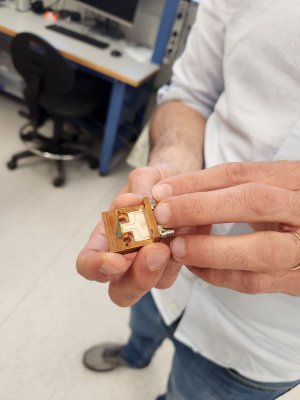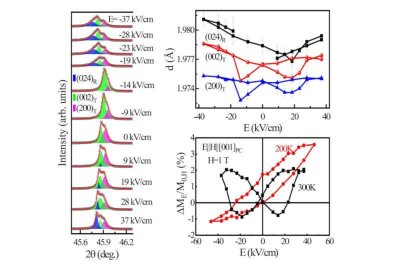Researchers get a better idea of the interplay between a molecule’s electrons and nuclei
Researchers from Northwestern University and North Carolina State University have gained fascinating insights into the relationship between the spin-vibronic effect and intersystem crossing in molecules. The work could lead to new ways to control electron spin within molecules, and to more efficient energy capture that could be applied to various fields.
The team presented coherence spectroscopy experiments that reveal the interplay between the spin, electronic and vibrational degrees of freedom that drive efficient singlet–triplet conversion in four structurally related dinuclear Pt(II) metal–metal-to-ligand charge-transfer (MMLCT) complexes. Photoexcitation activates the formation of a Pt–Pt bond, launching a stretching vibrational wavepacket. The molecular-structure-dependent decoherence and recoherence dynamics of this wavepacket resolve the spin–vibronic mechanism.

